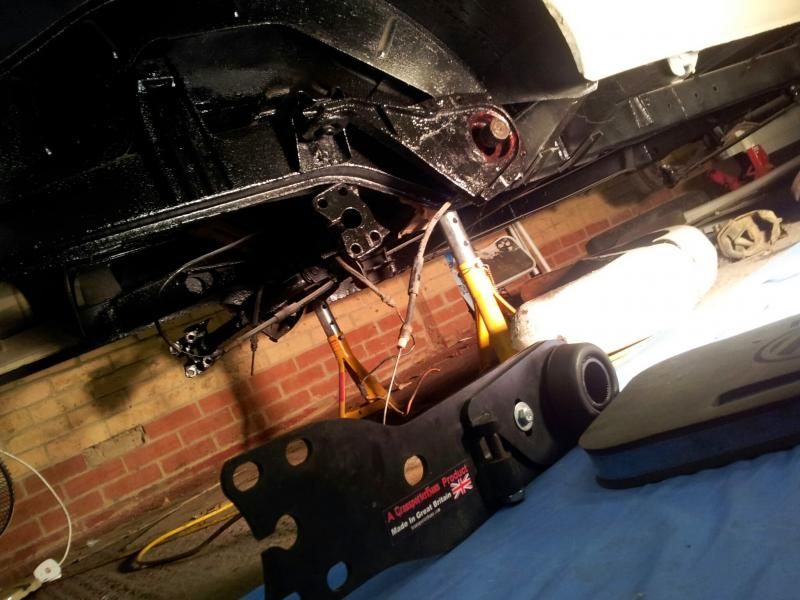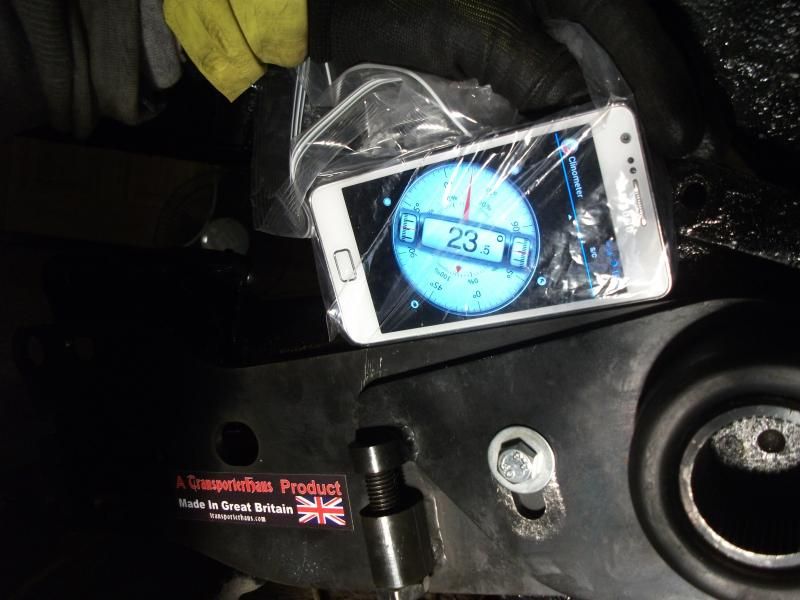cunning plan
Well-known member
- Joined
- Jul 15, 2008
- Messages
- 2,625
- Reaction score
- 1
- Location
- Northamptonshire
- Year of Your Van(s)
- 1968
- Van Type
- Clipper / Microbus
Hi,
Okay, so the rear of my bus was lowered by the PO, but I do not know how many splines.
I have got some Transporterhaus Adjustable Rear Lowering Spring Plates (ARLSP) to put on and I am confused about the suspension physics now. :?
1. Will the spring plate have any tension in it as it is technically lowered?
2. Do I put the new ARLSP on at the same spline as the current lowered spring plate or should I be aiming to put the ARLSP to a stock-height postion and use the adjustment to lower and raise the vehicle?
:sign0009:
Okay, so the rear of my bus was lowered by the PO, but I do not know how many splines.
I have got some Transporterhaus Adjustable Rear Lowering Spring Plates (ARLSP) to put on and I am confused about the suspension physics now. :?
1. Will the spring plate have any tension in it as it is technically lowered?
2. Do I put the new ARLSP on at the same spline as the current lowered spring plate or should I be aiming to put the ARLSP to a stock-height postion and use the adjustment to lower and raise the vehicle?
:sign0009:






